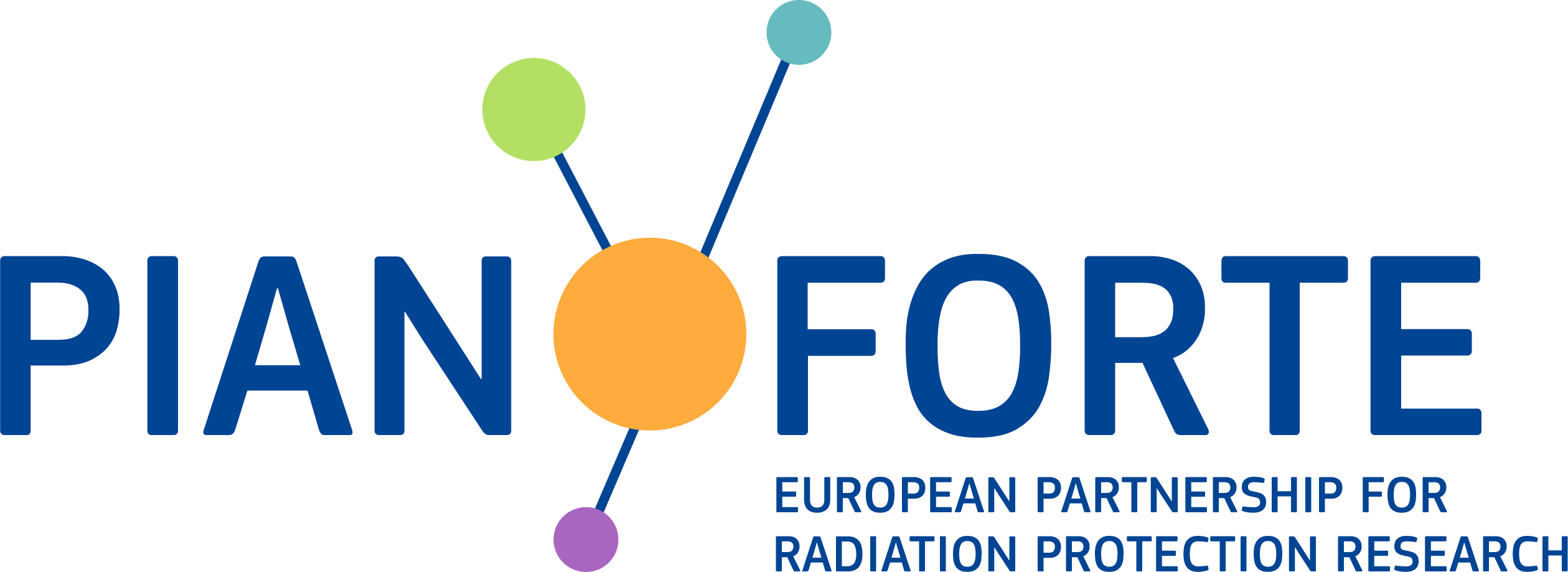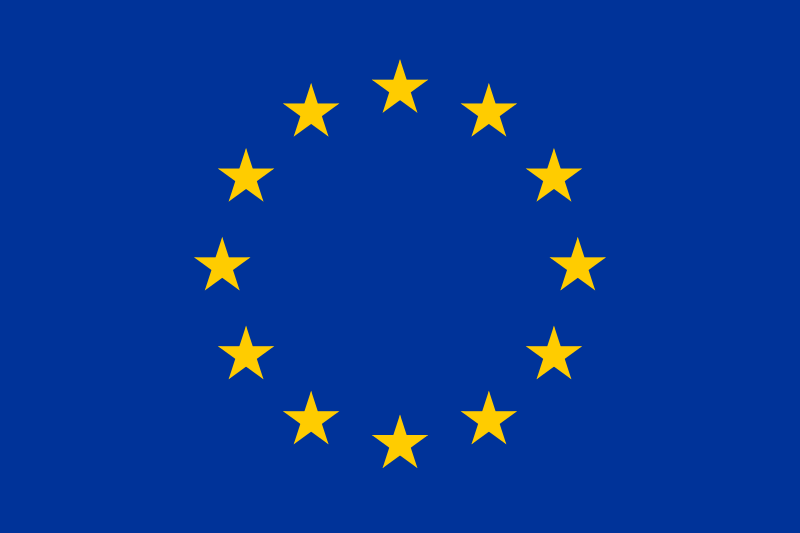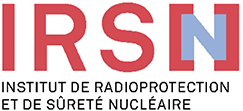The range of infrastructures relevant to radiation protection research is wide and diverse and it is important that PIANOFORTE WP5 supports implementation of the research roadmap.
To this end we will establish an Infrastructures Oversight Committee (IOC) that will provide support for the WP tasks outlined below, a forum for coordination between WP5, Platforms, WP4 in respect of training and education, across the entire PIANOFORTE partnership, PIANOFORTE supported projects and with the successful NRT-01-12 consortium.
In addition to the coordination function, the IOC will be the body responsible for evaluating applications for funding; a number of focused WP5 ‘internal’ calls are planned with the objective of encourage access to training in trans-national infrastructures, and to facilitate small-scale technical inter-comparison exercises to promote harmonization of techniques and protocols at the European level, particularly in support of the research roadmap. The key tasks will focus on identification and appointment of IOC members, to draft and agree the Terms of Reference for the IOC, to convene the first of the planned series of virtual meetings (to také place at very least annually), to draft and agree the evaluation criteria for WP5 focused internal infrastructure training calls and to establish the regular virtual meeting schedule to include the launching and evaluation of WP5 infrastructure training calls and intercomparisons.
Lead: DH-PHE, all Platforms, SU, IRSN, CEA, ISS, UTartu, BfS






 Task 5.1 Establish an infrastructure oversight committee
Task 5.1 Establish an infrastructure oversight committee

